With the Nintendo Switch 2 finally announced and fully revealed, we have learned a ton about the console and its games. While the new Nintendo games coming our way, like Mario Kart 8 and Metroid Prime 4: Beyond, are exciting, what Nintendo has said about its old games is far more interesting. Nintendo has made concerted efforts to have well-done backwards compatibility with the original Switch. A big part of that is how Nintendo is handling emulation, including the amount of effort and resources it's choosing to put into that emulation. It makes other console makers, like PlayStation, which won't put in the effort to emulate PS3 games, look bad for not doing more.
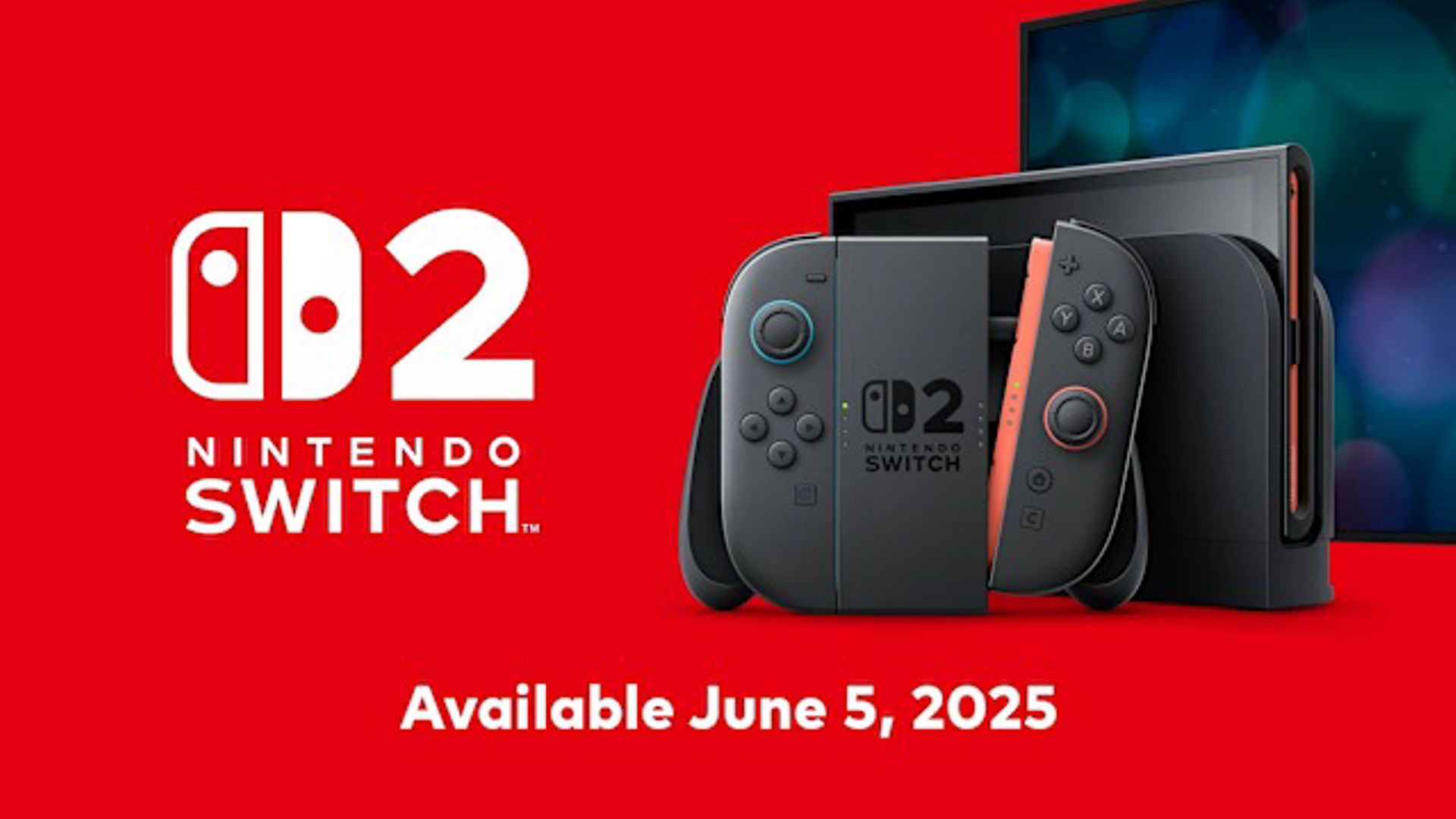
Related
Nintendo Switch 2: What I wanted vs what we're getting
The Nintendo Switch 2 is almost here. But is it less than what it really needed to be for everyone?
Actual emulation work, unlike Sony
Some of Nintendo's previous work with its older games
An example of Nintendo putting in more effort to emulate older games than it might appear comes from the Super Mario 3D All-Stars collection that came out for the original Nintendo Switch. While this collection did have an arguably scummy business model, only being sold for a limited time both physically and digitally, some of the work involved in that collection was more complicated than just emulating the original games and calling it a day.
To be clear, some people aren't happy that Nintendo did it this way, but the technical aspects of this particular collection are impressive, especially when it comes to Super Mario Galaxy. While Super Mario Sunshine used an internal GameCube emulator (dubbed "hagi") to run the game in its entirety, Nintendo did something different with Mario Galaxy. For context, Super Mario Galaxy is already fully playable on the Nvidia Tegra X1 chip that powers the Nintendo Switch, as an official port in partnership with Nintendo came to the Nvidia Shield as a Chinese exclusive in 2018. The game was fully localized with support for full HD, and some motion controls were remapped.
In the 3D All-Stars collection, Nintendo did things differently from the Nvidia Shield to get Mario Galaxy running on the Switch, using a mixture of emulation and native code for Mario Galaxy. Given the technical similarities between the Wii and the GameCube, "hagi" still had its uses for GPU and audio emulation, but Nintendo actually recompiled the CPU instructions for the Switch to use its native Arm instruction set. While some found it upsetting that instead of doing the work to port those games and that it appeared Nintendo phoned it in and just used emulators, that's only half the story. The technical work put into ensuring that Mario Galaxy ran at such a high quality, thanks to a combination of native code and emulation, is impressive to say the least, and shows that Nintendo actually cared about the quality of the collection once it reached the hands of gamers. Plus, even building a specialized emulator for an Arm platform to run GameCube and Wii games on the underpowered Tegra X1 is, in itself, an impressive feat.
With all of that effort in mind for a limited-run release of a game collection, compare this to PlayStation. Nintendo built a Wii and GameCube emulator targeting the Arm platform (which, to be fair, likely already existed internally anyway) and recompiled CPU instructions for a Wii game just so it could run well on the Switch. Meanwhile, Sony uses cloud streaming for PS3 games instead of working on PS3 emulation on the PS5, when we already know that the PS5 hardware is capable of a lot of PS3 emulation.
Clear and transparent Switch 2 backward compatibility
Testing games is important work, and it's nice that Nintendo is sharing that info
Something impressive about the Switch 2's backwards compatibility is the transparency that Nintendo has given about it. Nintendo isn't known for transparency. Sometimes it won't even confirm who develops certain games, but it did release a big list of games it has tested, and listed out what works and what doesn't. The list included information as of April 15, with plans for another update ahead of launch. It includes 122 Nintendo first-party titles and over 15,000 third-party games. Some are confirmed to work without issues, many boot up without problems, and a handful either don't boot up or don't work at all.
The list includes important information about specific situations, too. For example, some games work on Switch 2, but can't be played with Switch 2 Joy-Cons, like Ring Fit Adventure, but it can be played with an original Switch Joy-Con. That's important information to have, and having it confirmed by Nintendo ahead of the console's launch is a big deal. Nintendo has also shared a list of games that will run better on the Switch 2. A great example is the infamous Pokémon Scarlet and Violet, which do not run well on the original Switch. On the Switch 2, though, there will be improved resolution and frame rate for that particular game, with promised improvements and fixes coming to other games, too.
Nintendo has publicly acknowledged that the Switch 2 is emulating its predecessor, publishing an interview with some of its developers that acknowledged the challenge of supporting the original Switch.
Sasaki: Simply put, those systems were compatible because Nintendo 3DS contained Nintendo DS hardware and Wii U contained Wii hardware. However, Switch 2 doesn't contain any Switch hardware.
[...]
Dohta: If we tried to use technology like software emulators (22), we’d have to run Switch 2 at full capacity, but that would mean the battery wouldn't last so long, so we did something that’s somewhere in between a software emulator and hardware compatibility.
Sasaki: This is getting a bit technical, but the process of converting game data for Switch to run on Switch 2 is performed on a real-time basis as the data is read in.
In the same interview, it was also acknowledged that they felt it wouldn't be a true successor to the original Switch if it didn't maintain that compatibility, so ensuring that those older games were playable was an important part of the development process. They were initially skeptical that it would be possible, but they tried anyway, and the results speak for themselves.
Nintendo could not have done backwards compatibility
That might have been a marketing disaster, but let's not pretend it was a guarantee
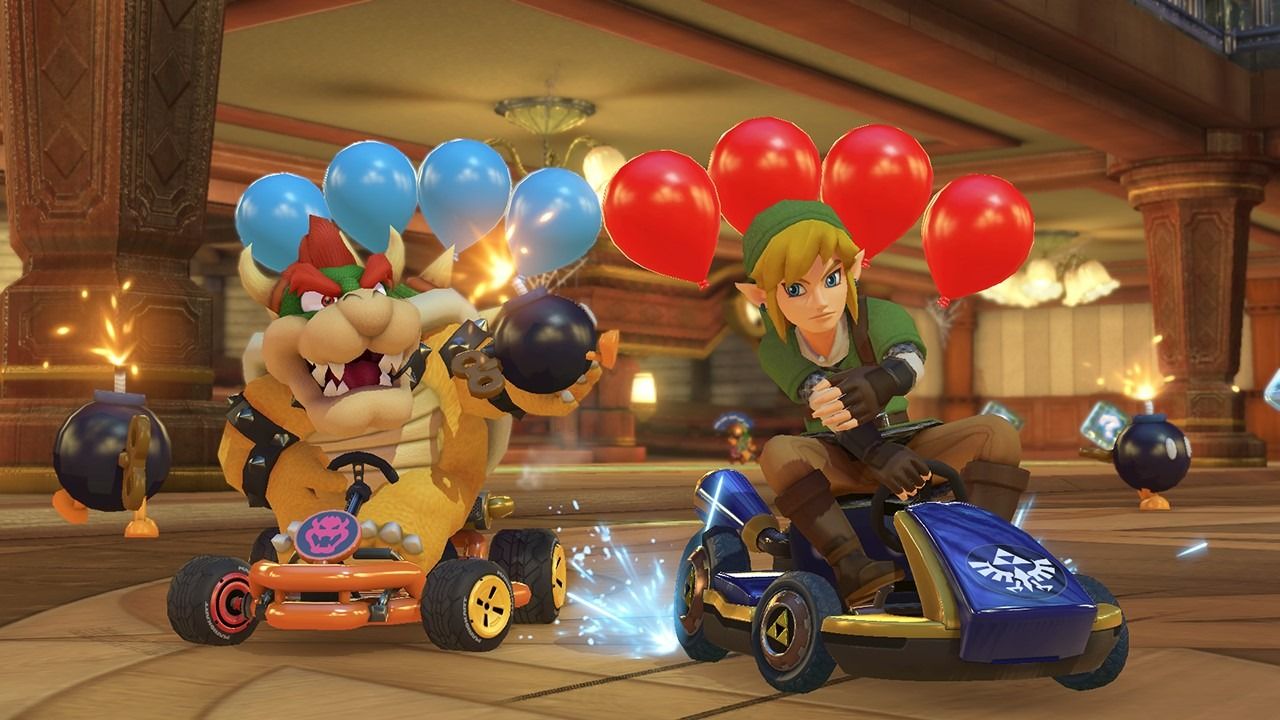
Source: Nintendo
I think it's completely reasonable for people to expect consoles to be backward-compatible moving forward, especially when a console is released as a direct successor. However, it was not that long ago that the PS4 couldn't play PS3 games, and the Nintendo Switch couldn't play Wii and Wii U games. To further that, the best-selling game on Nintendo Switch, Mario Kart 8 Deluxe, was a port of a Wii U game. In fact, Nintendo sold a ton of Wii U ports, partially because the Wii U sold poorly, but that appeared to be a large part of its strategy.
To be clear, it's entirely possible that Nintendo considered not having backwards compatibility since it would have been able to sell those games again, though it's equally likely that the departure from the PowerPC architecture to Arm proved too much of a hurdle to overcome. While this was a major issue going from the PS3 to the PS4, given the successive nature of the console and past consoles sporting backward-compatibility, the Nintendo Switch is an entirely different beast to the Wii U.
Now, Nintendo is charging for some Switch 2 edition upgrades, but selling a $20 upgrade isn't the same as selling another $60 game. Nintendo is also adding another system to Nintendo Switch Online with the GameCube. It should sell those games on the eShop instead of just locking them behind a subscription, but having the system available at all is still great. Plus, as already mentioned, many games are getting free updates to avail of the improved Switch 2 hardware.
Xbox does a great job with backwards compatibility as well
Between emulating older consoles and Smart Delivery, Xbox does an excellent job
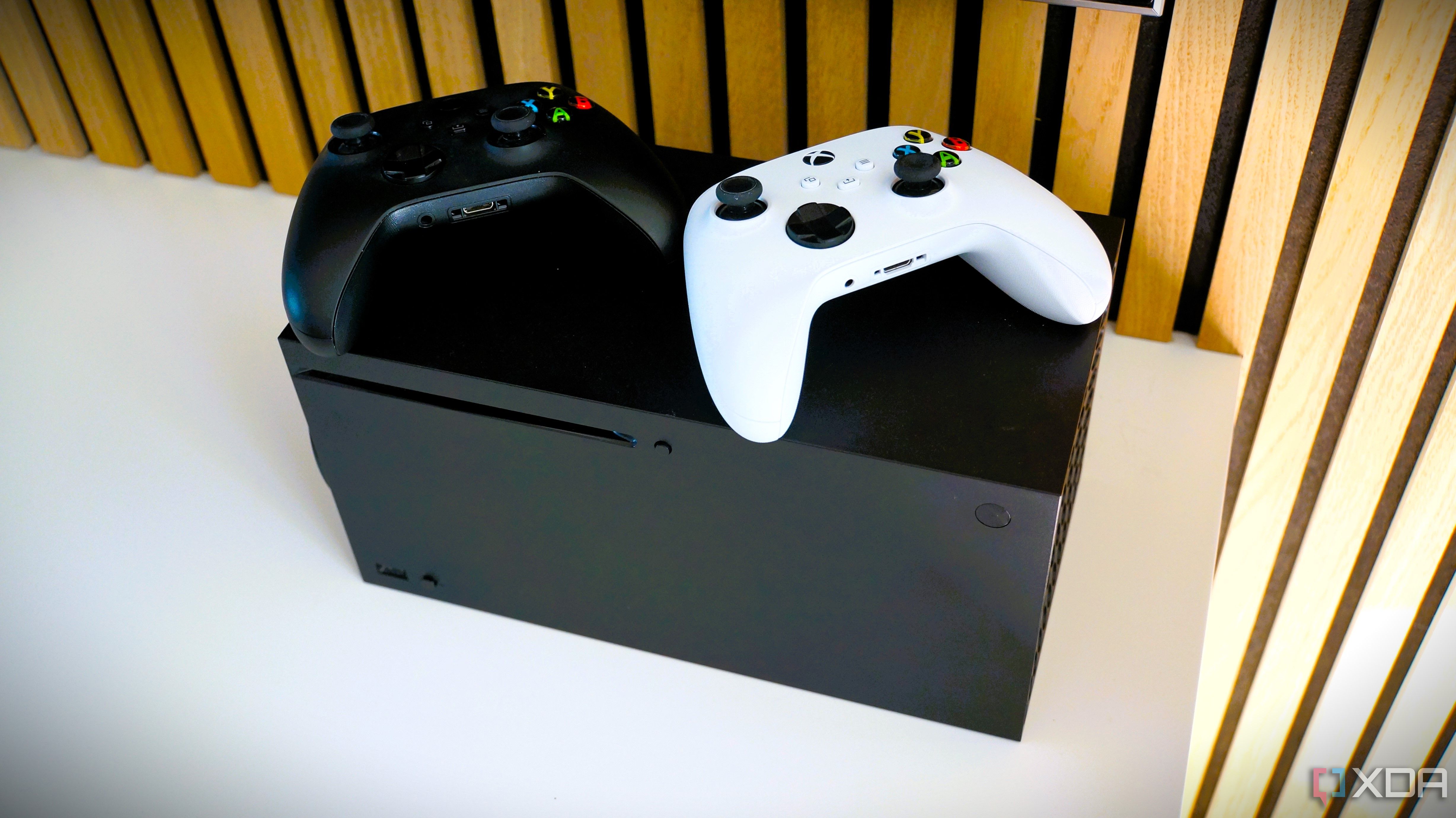
Xbox deserves a mention in this conversation, since it has also been doing a great job when it comes to backwards compatibility, but less so in recent years. During the Xbox One era, the company was able to crack emulations of the original Xbox and Xbox 360, which allowed them to make some games backwards compatible. It wasn't a perfect system, so not every game worked, and the games that did required some work on Xbox's part, but there is a pretty big library of games you can play and purchase. Expired licenses also prevented some games from joining the service, resulting in Xbox no longer adding new games as of 2021 (via IGN).
Xbox was also able to get some backwards-compatible games to run better, with improved resolution and framerate, which were added as free updates. When the Xbox Series X and Series S launched, Xbox launched Smart Delivery, which not only made it easy to make sure you were playing the best version of a game, but would also give free updates to older games, while PlayStation was charging for those updates.
Nintendo has been the only company doing it right lately
Since the end of the Backwards Compatibility Program at Xbox, the company hasn't done much in the field at all, outside the awful AI Quake II it released. Nintendo, on the other hand, seems focused on providing a seamless transition into the Switch 2 with its testing and support of backward compatibility. So far, at least, Nintendo also appears disinterested in entertaining the idea of cloud versions of games, with no third-party announcing any for the new system so far. Between that and more and more GameCube games getting added to Nintendo Switch Online after launch, I'm looking forward to what else Nintendo does with backwards compatibility.
.png)
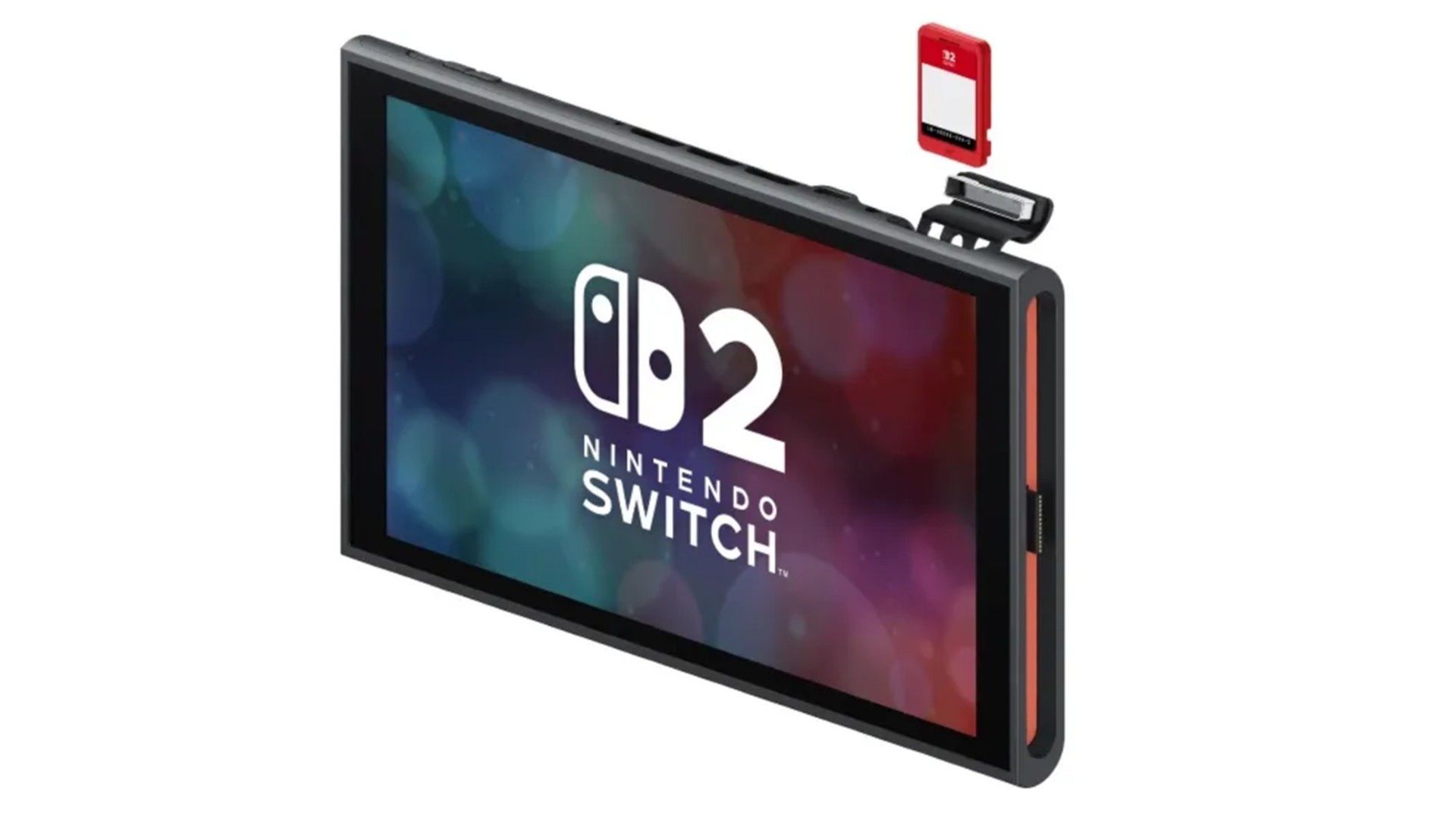



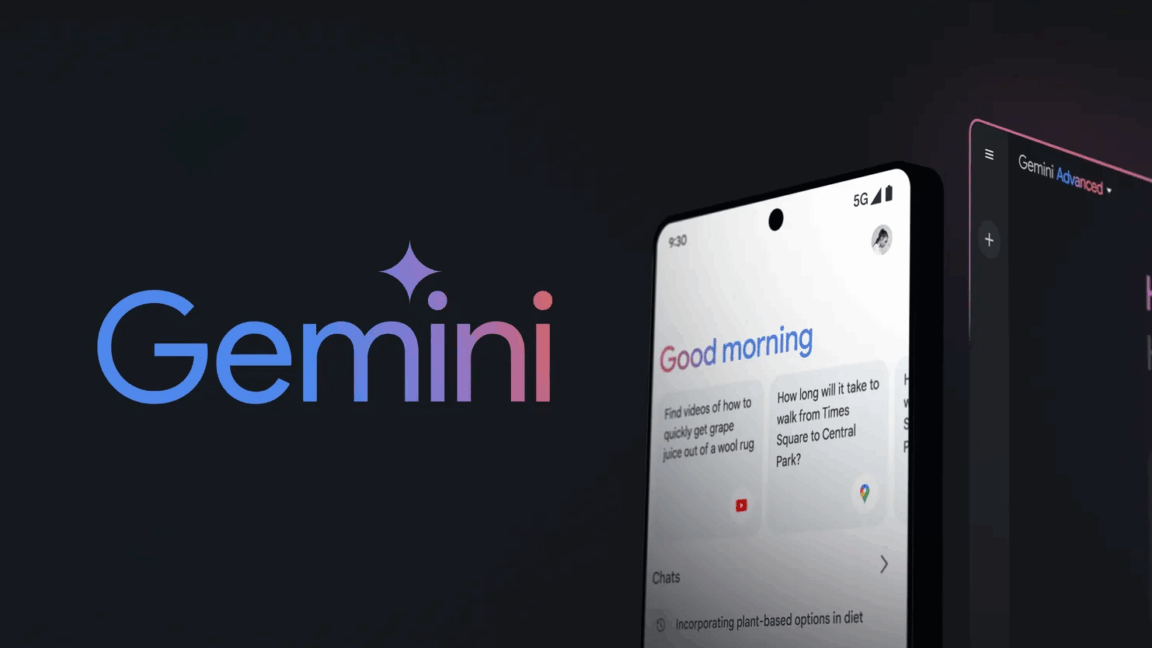







 English (US) ·
English (US) ·